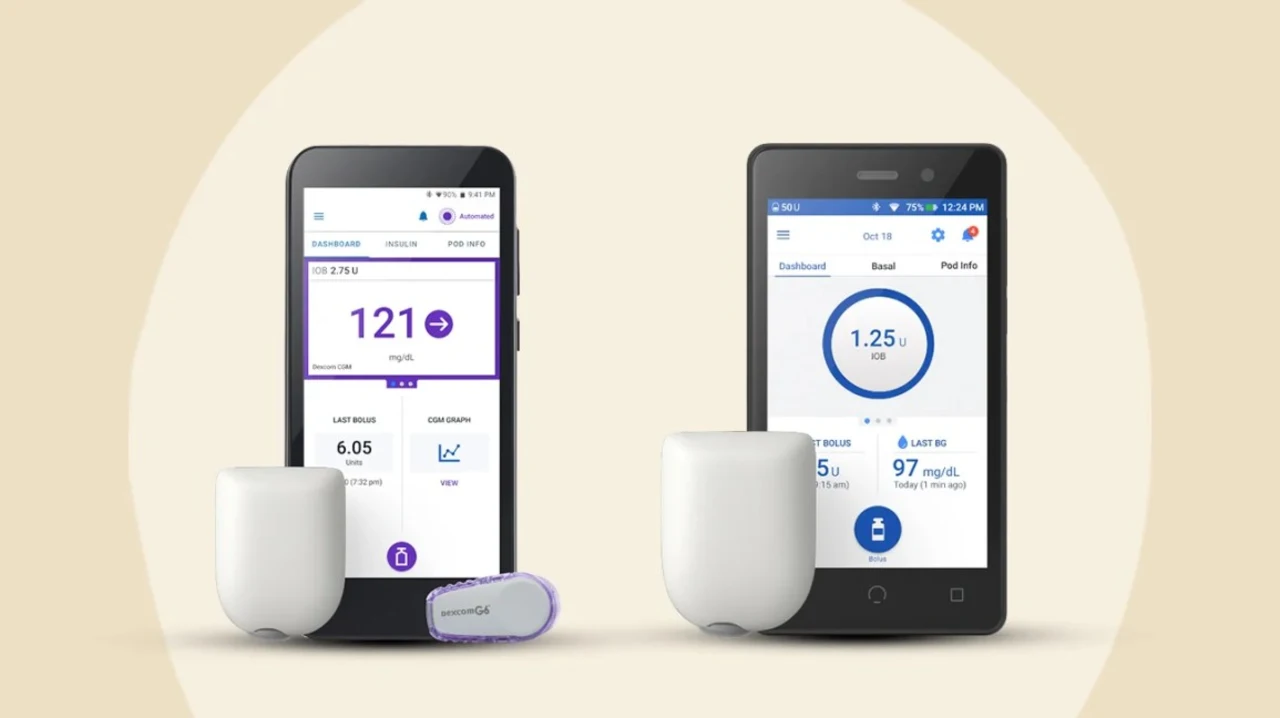What is the difference between technologies and applications?

Understanding the Basics: Technologies vs. Applications
Before diving into the differences between technologies and applications, it's essential to understand the basics of these two concepts. Technologies refer to the tools, methods, and techniques used to solve problems, achieve goals, or complete tasks. They often involve using scientific knowledge and understanding to create new inventions or improve existing ones.
On the other hand, applications are the specific uses of those technologies to perform particular tasks or address certain needs. Applications are often designed to be user-friendly, allowing individuals to easily operate and interact with the technology. Now that we have established the fundamental definitions of technologies and applications, let's explore their differences in detail.
The Role of Innovation: How Technologies Evolve
One key difference between technologies and applications is the role of innovation. Technologies are continually evolving as researchers and engineers push the boundaries of what is possible, discovering new materials, methods, and approaches. This ongoing process of development allows technologies to become more efficient, sustainable, and accessible.
For example, consider the evolution of communication technologies, from the telegraph to the telephone, and eventually to the internet and smartphones. Each of these advancements has drastically changed the way we communicate, paving the way for new applications to emerge.
Addressing Specific Needs: The Purpose of Applications
While technologies provide the foundation for innovation, applications are designed to address specific needs in various industries. Applications take the form of software, hardware, or a combination of both, and are created to make technologies more accessible to users.
For instance, the smartphone is a technological device, while apps such as ride-sharing services, social media platforms, and mobile banking are all applications that harness the power of that technology to serve a specific purpose. These applications cater to various user needs, making the underlying technology more practical and valuable in our daily lives.
The Lifecycle of Technologies and Applications
Another difference between technologies and applications is their respective lifecycles. The lifecycle of a technology typically involves research and development, prototyping, testing, and eventually mass production and distribution. This process can be lengthy, as it often involves overcoming many technical challenges and addressing safety, efficiency, and other concerns.
In contrast, the lifecycle of an application is generally shorter and more focused on user experience, market demand, and functionality. Once a technology is available, developers can create applications relatively quickly, iterating and updating them based on user feedback and needs. This agile approach allows applications to evolve rapidly and respond to changing user demands and expectations.
Commercialization: From Technologies to Marketable Applications
Commercialization is another area where technologies and applications differ. While technologies often have the potential for widespread use and impact, they must be refined and adapted into applications to become marketable products or services. This process involves identifying target markets, understanding user needs, and creating applications that effectively address those needs.
It's important to note that not all technologies find their way into commercial applications. Some remain purely scientific or experimental, while others may be deemed too expensive, complex, or impractical for widespread use. However, when a technology is successfully commercialized through applications, it can have a significant impact on society and drive economic growth.
Investment and Funding: Technologies vs. Applications
The funding landscape for technologies and applications also differs. Funding for technologies often comes from government grants, research institutions, or private investors interested in supporting innovation and scientific breakthroughs. This funding is typically used to cover the costs associated with research, development, and prototyping.
Applications, on the other hand, are often funded by venture capital firms, angel investors, or other sources interested in backing businesses with commercial potential. These investors look for applications with strong market demand, a clear path to profitability, and the potential to scale. This difference in funding sources and motivations can impact the types of projects and initiatives that receive support.
Adoption and Diffusion: How Technologies and Applications Reach Users
The process of adoption and diffusion also differs between technologies and applications. The adoption of a technology often involves a longer and more complex process, as it requires users to learn new skills, adapt to new ways of working, and often invest in new infrastructure or equipment. This can create barriers to adoption, particularly for older or more established technologies.
Conversely, applications are typically designed to be user-friendly and straightforward to adopt. This ease of use helps to drive the diffusion of applications, as users are more likely to try new products or services that are simple to understand and operate. Additionally, the rapid pace of application development and the competitive nature of the market often lead to continuous improvements in usability and functionality, further encouraging adoption.
Final Thoughts: The Interconnected Nature of Technologies and Applications
In conclusion, technologies and applications are distinct yet interconnected concepts. Technologies provide the foundation for innovation, while applications make those technologies accessible, practical, and valuable to users. Understanding the differences between these two concepts is crucial for businesses, investors, and policymakers looking to support innovation, drive economic growth, and improve the quality of life for individuals around the world.
